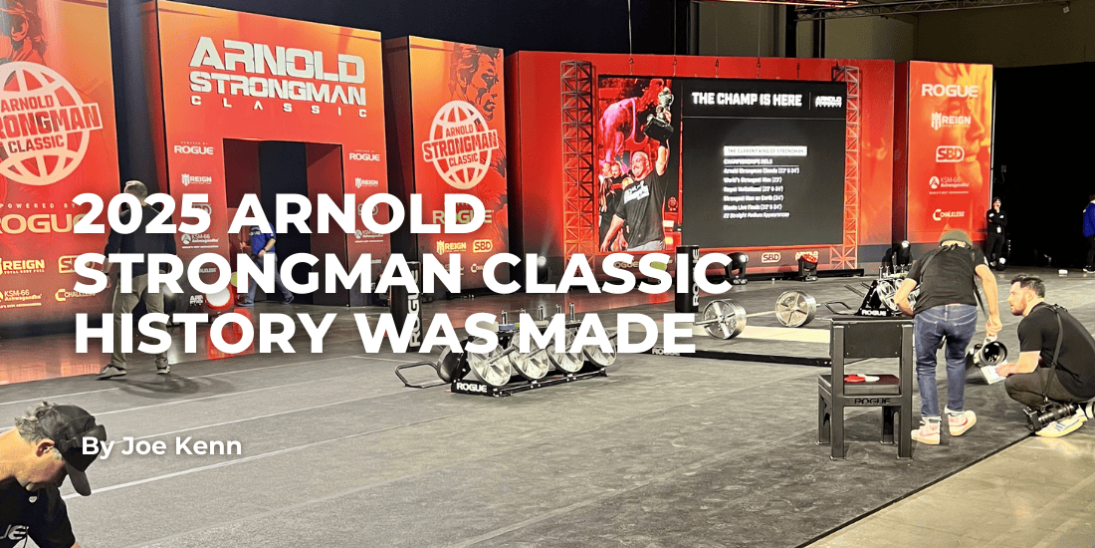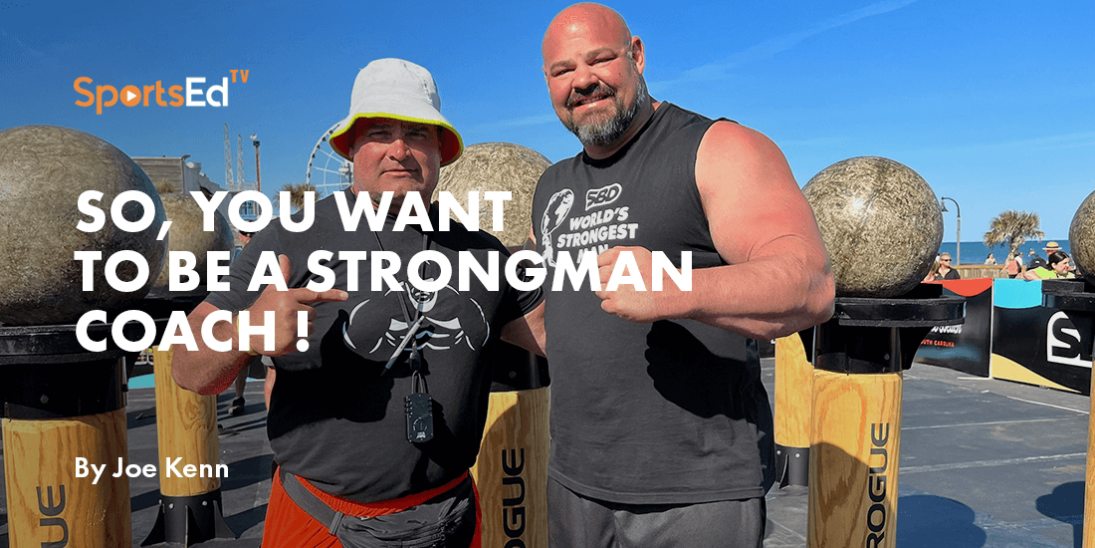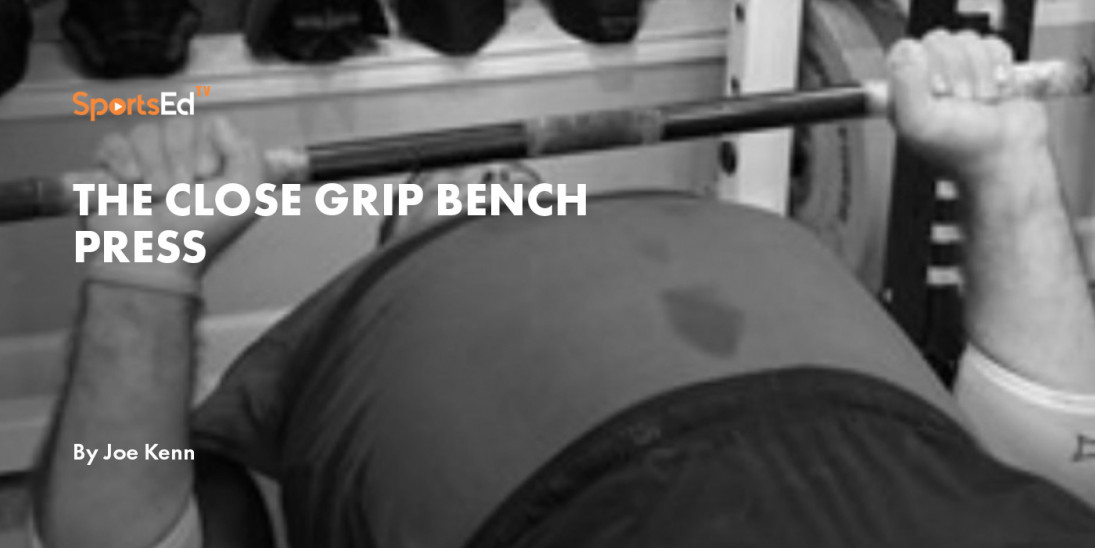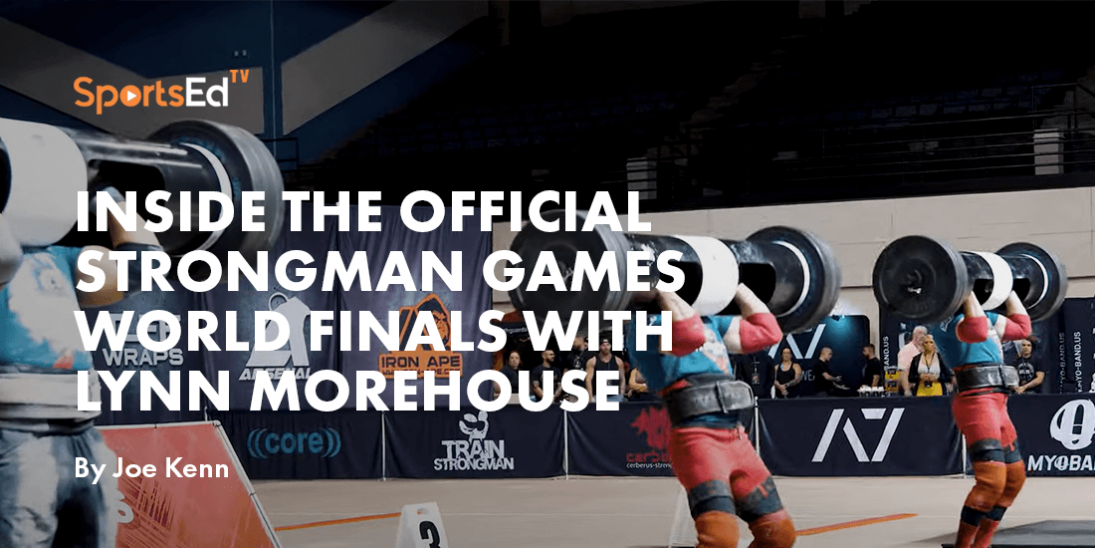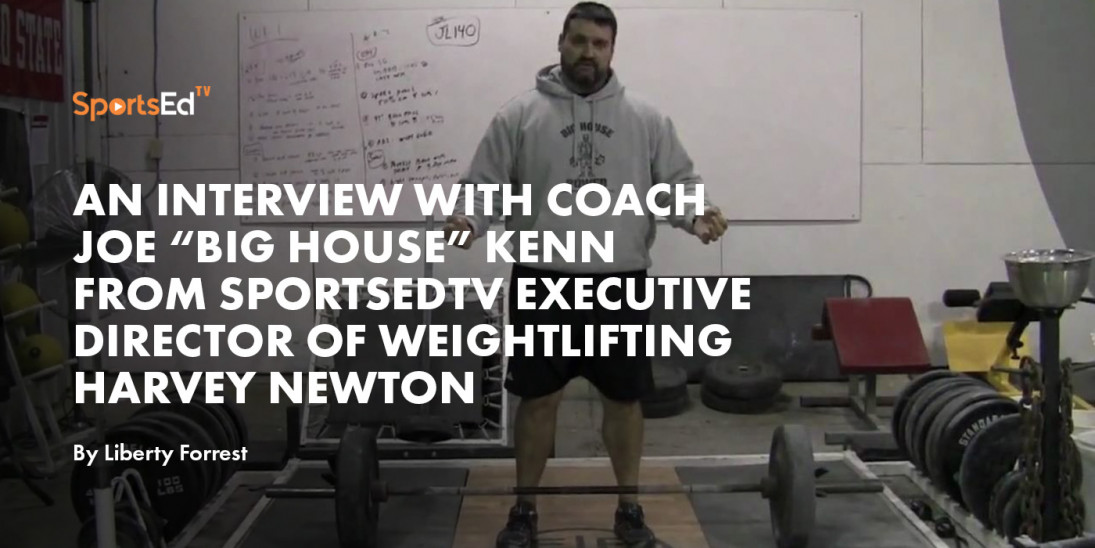Volleyball, Strength And Conditioning
Welcome and thanks for visiting...

Answers to Key Volleyball Strength and Conditioning Questions
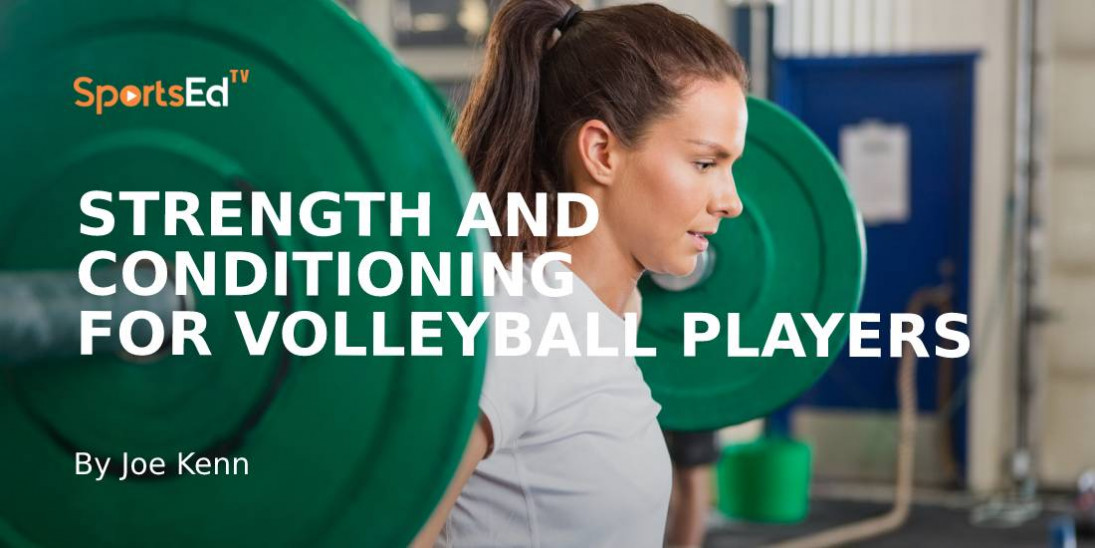
Joe Kenn. Today, I'll be answering questions from our director of volleyball, Gylton Da Matta. Having been a strength and conditioning coach for volleyball, the very first sport I ever worked with at college at Boise State. I'm excited to answer these questions for the volleyball community.
Is weight training good for volleyball?
What is the importance of doing weights in a strength and conditioning training program for sports? How can we do weight training with adapted materials for children and youth in developing countries?
JK: First, as a strength and conditioning coach, obviously, I'm going to tell you strength and conditioning and weight training is of importance in all sports. But let's not forget it's athletics and athleticism. The more athletic the athlete is, and the athleticism that comes with the various skills that they are being taught in that specific sport will always be the difference between the levels where the athlete attains greatness. What can strength training do for that athlete? First and foremost, protection or what most people would call injury prevention? I like to call it protecting the body armor. Injuries are going to occur in sports. Our ultimate goal is to reduce them. Strength training can do that. We have to watch practice. We have to talk to the sports coaches, evaluate the movements, the planes of movements, the timing of the movements, and the difference between playing the back row versus being an outside hitter.
Those are important because those movements will change. So it's very, very important that we know this strength training from a protection standpoint is crucial as we can evaluate the needs assessment and find what specific joints of the body have more injury occurrence than others. Being an overhead athlete and volleyball with the amount of hitting they're doing, you want to protect their shoulder by doing high-volume work and specific posterior capsule work. You can help improve tendon and ligament dexterity and strength. So the big thing with weights in any sport is first and foremost protection. Second is if we can enhance and develop and increase strength and power in strength and power athletes with volleyball. There's a good chance that's going to be a transferable trait over to the sport and combine that with the sport-specific abilities that they're learning from their coach and the basic technical fundamentals. There's no better way to start strength training than bodyweight work. We don't even need to worry about putting an external load on the athlete's body until they've mastered movements, just handling what I call internal load or body weight.
A lot of people will call this relative strength. A lot of people will call this gymnastics strength. But the biggest thing is doing a proper bodyweight squat, doing a proper rearfoot, elevated single-leg squat, doing a proper lunge, doing a proper lateral lunge, doing a proper transverse lunge, doing a hinge pattern where we learn how to load the hips, push the hips back with a good neutral spine. Push-ups, pull-ups, chin-ups, variations of arm swings, and arm circles to work. The dexterity and the stabilization of the shoulder monkey bars swinging from a rope, working grip strength, and then working to climb that rope. All athletes should start trying to build strength through relative means.

Which type of periodization is best for strength training in volleyball?
In America, a typical NCAA sports program has a pre-season of three weeks, a season of 16 weeks, and a spring season of six weeks. What type of periodization exists, if any, if, after the so-called season, players have another 15-week summer break, and are lots of what was gained during the season perhaps lost in the summer?
JK: Most people look at it just the times you're competing for as the biggest developmental stage, which I call the developmental stage, is that part you were talking about regarding volleyball training.
When you look at May, June, and July, a lot of times, depending on where the athlete is, they may be on-site; it's up to the strength conditioning coach to develop a plan or a workbook to give them the proper progressions and movements that will be capable of doing on their own or with a trainer of their choice to give them some guide to be prepared when they come back to campus for pre-season practice that they are in condition. They have met the strength and power requirements to perform highly in their sport.
The crucial thing about sports in America is the semester system for college athletes, and that's where people like you see in this question, can get lost over the summer. That becomes the onus of training. If the athlete is not on campus, the onus falls on the athlete; how great do they want to become if you can give them the proper planning and help them build their conditioning base, their strength and power base combined with jump training, core training, and posterior chain training? They'll have a chance for success coming back.
Like Coach mentioned in season, generally, in-season is the most uninterrupted training time. It's no longer a maintenance phase. If you are developing a plan as a strength conditioning coach where you manipulate the volumes and intensities correctly, and you spend less time from a duration standpoint and be very, very efficient because most of the time is going to go to practice, you can succeed in getting an athlete stronger and powerful over those 16 weeks.
The crucial point is, again, if the athlete is gone from your site off-campus for several months, can you give them a plan that they'll be able to follow on their own or with their trainer away from campus where when they report to school at the beginning of the semester for preseason practice they are capable and prepared to go out there and do what is asked and required for them by their sports coaches?
So yes, periodization, the annual plan setting up your calendar, getting the dates of when the season starts, when pre-season starts, when the season ends, and when the tournaments end. When does the beginning of the year start? When is the spring season? And then again, the biggest part and the biggest stage is the developmental stage. So you'll go through the end of the season that we call the rejuvenation stage. You'll recover. You'll go through a long developmental process where that spring season will fall; then, they will enter the competitive stage.
So yes, periodization does have distinct importance in developing athletes, even at the collegiate level.
Is lifting good for women athletes?
In the nineties, the women's Cuban team was very successful in volleyball. They used weights as the basis of their training in the nineties, and up to now, Brazil has adopted the same principles, and it has created a type of dominance, at least in the men's team, 17 years ranked number one. What is your opinion about women doing weights, and to what extent variability of practices is recommended and why?
JK: The key to anyone is once the body adapts, it becomes stale and no longer improves. The very big key is, again, understanding the sport, the sport's needs, and developing an exercise pool.
Some exercise pools will be more extensive than others, and then you want to continue to chip away and break down and find out what exercises are needed and when for specific periods during the competitive year or the annual plan.
For example, in the case of volleyball, early on in the developmental phase, you may want to overemphasize bilateral leg strength. You may want a front squat then once or twice a week, depending on the athlete's age and level of play. As the athlete gets closer to competition, that might become all single leg work where you're doing rear foot elevated work.
Variations of a pistol squat you get into your lunge series, which is huge for volleyball players. The frontal and transverse planes aren't trained enough in strength conditioning, let alone in a sport like volleyball, especially in the back rows.
So you must build your exercise pool first. Design the annual plan and then vary the movements over time. So there's less adaptability. And again, I think a lot of success is because they can go into probably four and five-set matches and keep their capacity of strength and power at a higher level.
Where is the evidence?
Because they've committed to strength training and the weight room question, what evidence is that the weights program is better? Do you have the data on this?
JK: Do I have any data on strength training programs, and is it something needed to be better? No, I don't. And let's be honest with you; some athletes out there participate if they're sports at the elite level, like the world-class level that do very little strength training. Again, I don't necessarily want to talk about weights regarding strength training. There are numerous ways to develop strength, depending on your goals.
As athletes get older, it's not how much weight is on the bar but how well you move things. Movement is increasingly important as the athlete becomes a rookie to a veteran.
So you want to look at it from the standpoint of not so much what the weights can do for you but what the overall training plan can do for you. And again, I do feel that if I had to find data that you would see from a protection standpoint, I think those committed to some organized off-the-court training program probably are less injured than those who don't. So the critical factor is, is the program being evolved to a point where we are covering all the aspects of the sport from protection first and then to increasing performance?
Is weight training responsible for injuries?
Many coaches, perhaps misinformed, claim that the amount of injuries is attributed to weight training. I disagree. What is your input on this issue?
JK: The amount of injuries is not attributed to weight training. The amount of injuries is attributed to how poorly certain things are coached. One of my biggest pet peeves is being a strength and conditioning coach is the corrosive technique that we allow some of our athletes to perform certain exercises.
That is where injuries occur.
And then sometimes what could happen is there could have already been a pre-existing injury, and then because it wasn't diagnosed, it gets exposed in the weight room because of the certain movement that's being chosen.
That's why we must do a good job in screening our athletes, and we get our reports as soon as possible from the trainers and team physicians during the year of and the year after physicals. So we know what we can do and what we can't perform again from a crucial protection standpoint.
Weights do not have to be the enemy. The enemy is poor technique.
The enemy is choosing it. Do you need that exercise? Or can you find a safer and more efficient alternative?
Because remember, everything we pick from the weight room is derived from sports that lift weights for competition. We can find safer and more efficient variations for specific athletes, depending on what the needs of that athlete are.
So going back to injuries and weight training, I think just because you can doesn't mean you should. Just because an exercise looks good doesn't mean you must.
You want to have competent lifters from a technical standpoint, and as a coach, if you allow a corrosive technique to happen, you probably shouldn't be doing the job you are doing.



